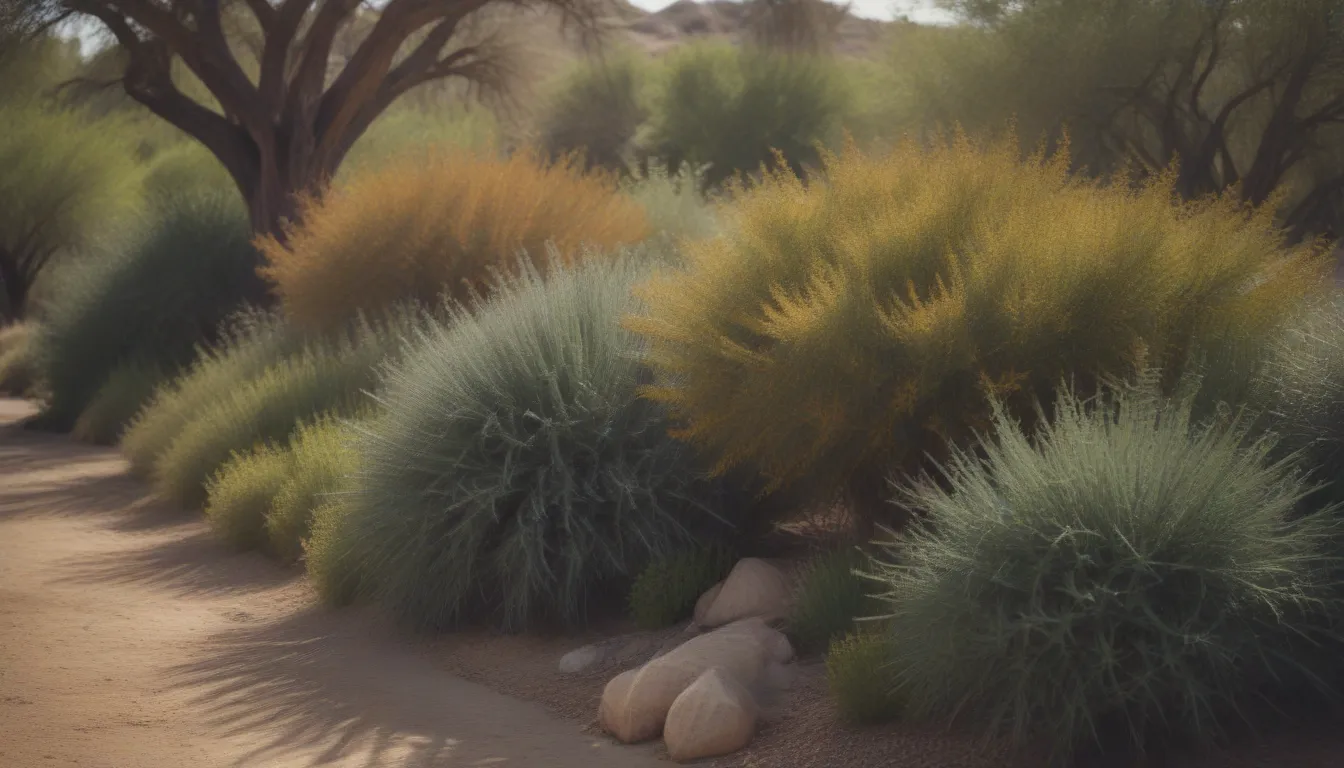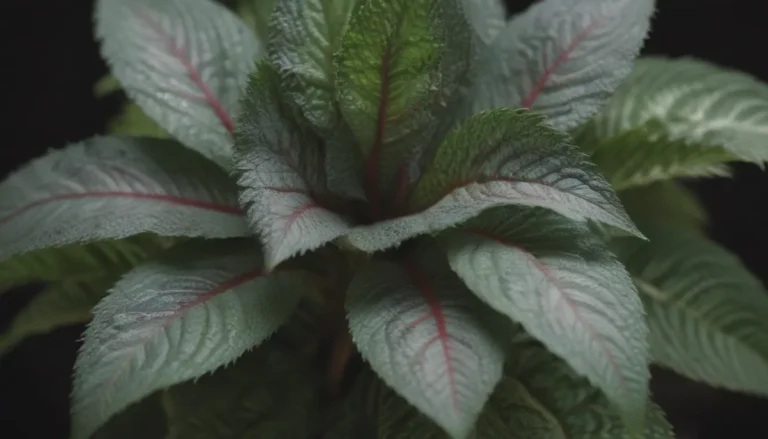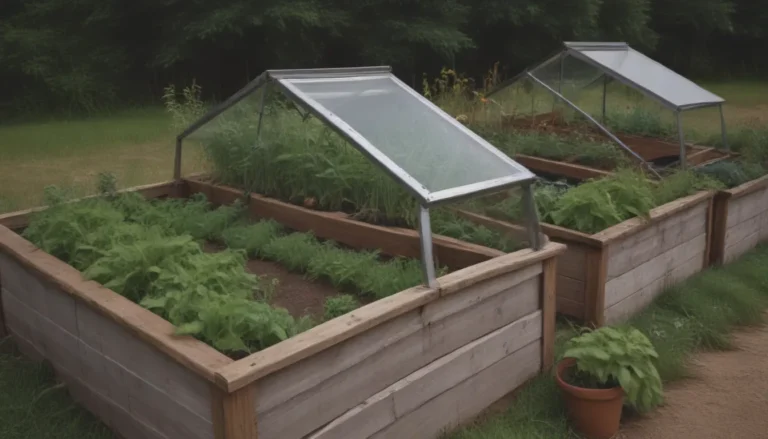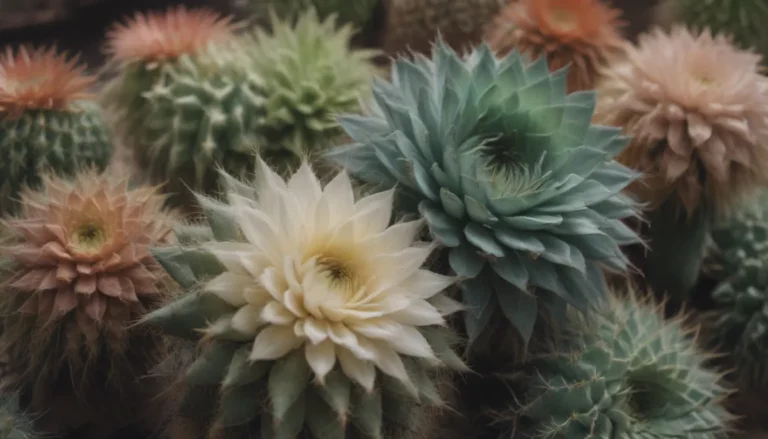Enhancing Your Landscape with Drought-Tolerant Shrubs in Warmer Zones

Are you looking to create a beautiful, low-maintenance landscape in a dry climate? Consider adding drought-tolerant shrubs to your garden. These plants can thrive in conditions where water is scarce, making them perfect for warmer USDA zones. From stunning blooms to fragrant foliage, there are many options to choose from when selecting drought-tolerant shrubs for your garden.
In this comprehensive guide, we will explore 35 of the best drought-tolerant shrubs for warmer zones. These plants not only survive in dry conditions but also add visual interest and color to your landscape all year round. Whether you are in zone 8 or zone 13, you will find a variety of options to enhance your outdoor space.
Understanding Drought-Tolerant Shrubs
Drought-tolerant shrubs are plants that have adapted to survive in dry environments by storing water in their leaves, stems, or roots. These plants require less water than traditional shrubs, making them ideal for areas with low rainfall or water restrictions. By choosing drought-tolerant shrubs for your garden, you can save water, time, and effort while still enjoying a beautiful landscape.
Benefits of Drought-Tolerant Shrubs:
- Requires less water
- Low-maintenance
- Thrives in dry conditions
- Adds visual interest to the landscape
Choosing the Right Drought-Tolerant Shrubs
When selecting drought-tolerant shrubs for your garden, consider the following factors:
- USDA Zones: Make sure the shrub is suitable for your specific climate zone.
- Height: Determine the mature height of the shrub to ensure it fits your garden space.
- Sun Exposure: Check the sunlight requirements of the shrub to place it in an appropriate location.
- Soil Needs: Consider the soil type and drainage requirements for optimal growth.
Top 35 Drought-Tolerant Shrubs for Warmer Zones
- Beauty Bush (Kolkwitzia amabilis)
- USDA Zones:
- Height:
- Sun Exposure:
- Soil Needs:
The beauty bush is a stunning shrub that produces bell-shaped pink flowers in late spring. Prune after flowering and control its spread by removing suckers as needed.
- Boxwood (Buxus spp.)
- USDA Zones:
- Height:
- Sun Exposure:
- Soil Needs:
Boxwoods are versatile shrubs that can be shaped into hedges or topiaries. Choose a location with some shade in drought-prone areas.
- Butterfly Bush (Buddleia davidii)
- USDA Zones:
- Height:
- Sun Exposure:
- Soil Needs:
Attract butterflies and hummingbirds with the colorful clusters of flowers on this drought-tolerant shrub.
- Cliffrose (Purshia stansburyana)
- USDA Zones:
- Height:
- Sun Exposure:
- Soil Needs:
Ideal for rock gardens, the cliffrose is a hardy shrub native to western North America.
- Curl Leaf Mountain Mahogany (Cercocarpus ledifolius)
- USDA Zones:
- Height:
- Sun Exposure:
- Soil Needs:
This unique shrub features feathery plumes and curling leaves, making it a standout in the landscape.
- Currants and Gooseberries (Ribes spp.)
- USDA Zones:
- Height:
- Sun Exposure:
- Soil Needs:
Enjoy fruit shrubs that can withstand drought conditions with proper watering during fruit formation.
- Dwarf Alberta Spruce (Picea glauca ‘Conica’)
- USDA Zones:
- Height:
- Sun Exposure:
- Soil Needs:
This conical-shaped evergreen is perfect for formal gardens and requires well-drained soil.
- Fragrant Sumac (Rhus aromatica)
- USDA Zones:
- Height:
- Sun Exposure:
- Soil Needs:
Add a citrus-scented shrub to your garden with fragrant sumac, which also changes foliage colors in the fall.
- Indian Hawthorn (Rhaphiolepis indica)
- USDA Zones:
- Height:
- Sun Exposure:
- Soil Needs:
Enjoy beautiful starry flowers and pome fruits on this drought-tolerant shrub from southern China.
-
Japanese Barberry (Berberis thunbergii)
- USDA Zones:
- Height:
- Sun Exposure:
- Soil Needs:
Choose from a variety of colored leaves on this popular shrub, which also acts as a barrier plant.
Continue reading the full article for detailed information on more drought-tolerant shrubs for warmer zones.





